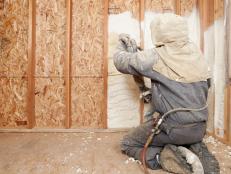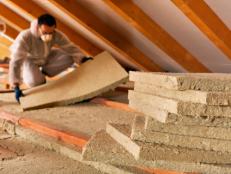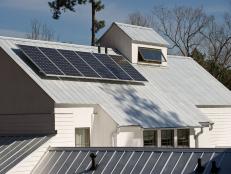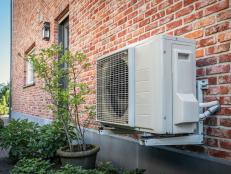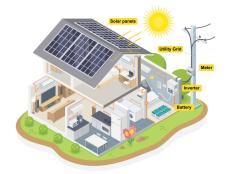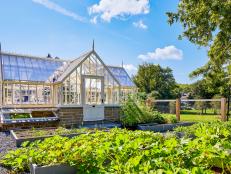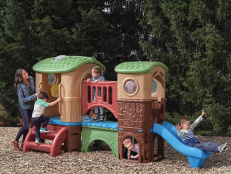Benefits of Green Remodeling

Creatas
Green building has been a hot topic in the construction industry for quite a while. But what about existing housing? According to the Harvard Joint Center for Housing Studies, more than 120 million homes are at least 32 years old, and $233 billion is spent annually on remodeling them. Those older houses were built when energy was cheap, so they have few of the features that are featured in new green construction.
Every remodeling project that is not green is a missed opportunity with implications that will last through generations. Let's assume that each of those 800,000 projects has an average life of 30 years before being remodeled again. If every project were remodeled green, each homeowner would experience 30 years of reduced energy bills, improved comfort, healthier air and lower maintenance costs. Every project that is not green deprives those homeowners, and the subsequent purchasers of their homes, of these benefits. That amounts to millions of years of individual homeowner benefits that are squandered.
Green remodeling encompasses the following main principles:
- Energy efficiency
- Healthy indoor air
- Durability
- Resource efficiency
These concepts, considered in relationship to each other, comprise what is known as building science — the study of the "house as a system." Significant time and energy has been spent on building science research in recent years, providing remodelers with practically endless amounts of valuable information they can use in making their projects green.
Green remodeling is both a local and a global issue. There will always be more old homes than new homes. Unfortunately, older homes are typically inefficient and provide unhealthy indoor air. Inefficient homes require increased utility expenses. Utilities, being part of a global market, tend to direct money out of the local economy. If we were instead to invest money in making homes more efficient, that money would be spent locally, on labor and materials, redirecting that money to the local economy.
Indoor health is another aspect of green remodeling, one that in many ways is more important than energy efficiency. Most people spend over percent of their lives indoors, yet the air inside most homes is less healthy than the air outside. Ever-increasing allergies and asthma are a direct result of unhealthy indoor air.
The knowledge is there to make homes healthier, and it is not rocket science. It is building science. Occupants of green homes continue to report that they are healthier and have fewer allergies and less asthma. Green remodeling provides us with the ability to make almost any existing home a healthier place to live.
Carl Seville, CR, is an Atlanta-based consultant focusing on sustainable building and remodeling. He has won several awards for his work in green remodeling, including the 2005 NAHB Green Advocate of the Year: Remodeling.






